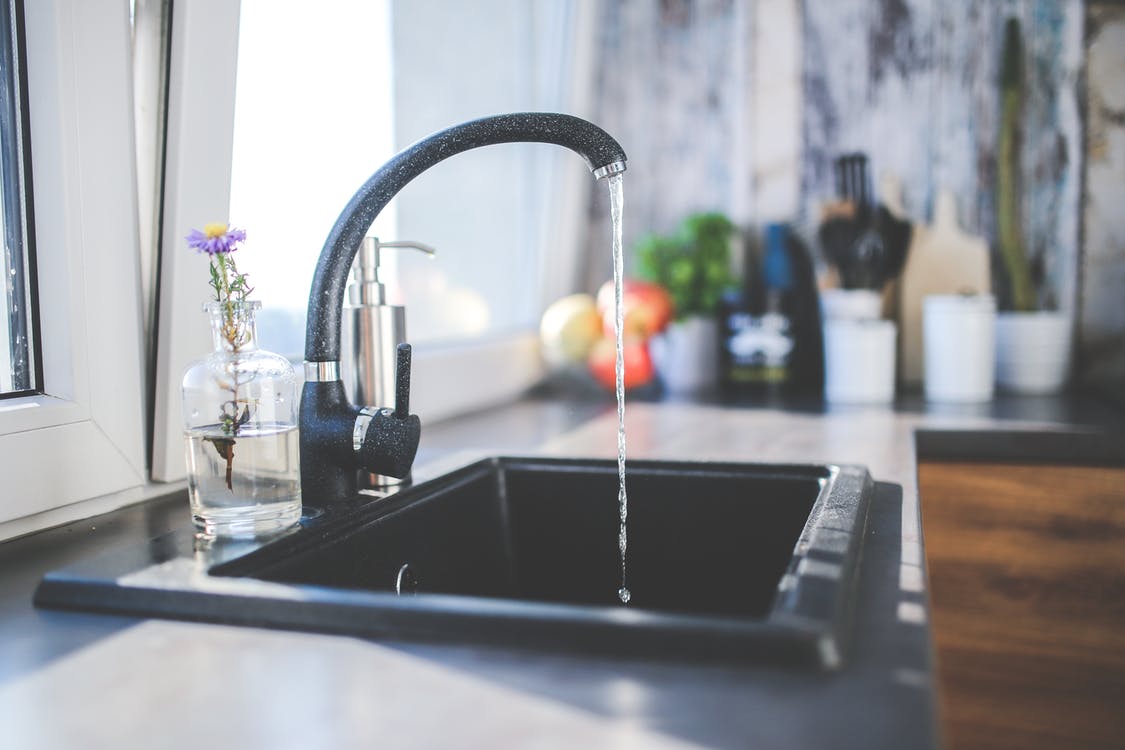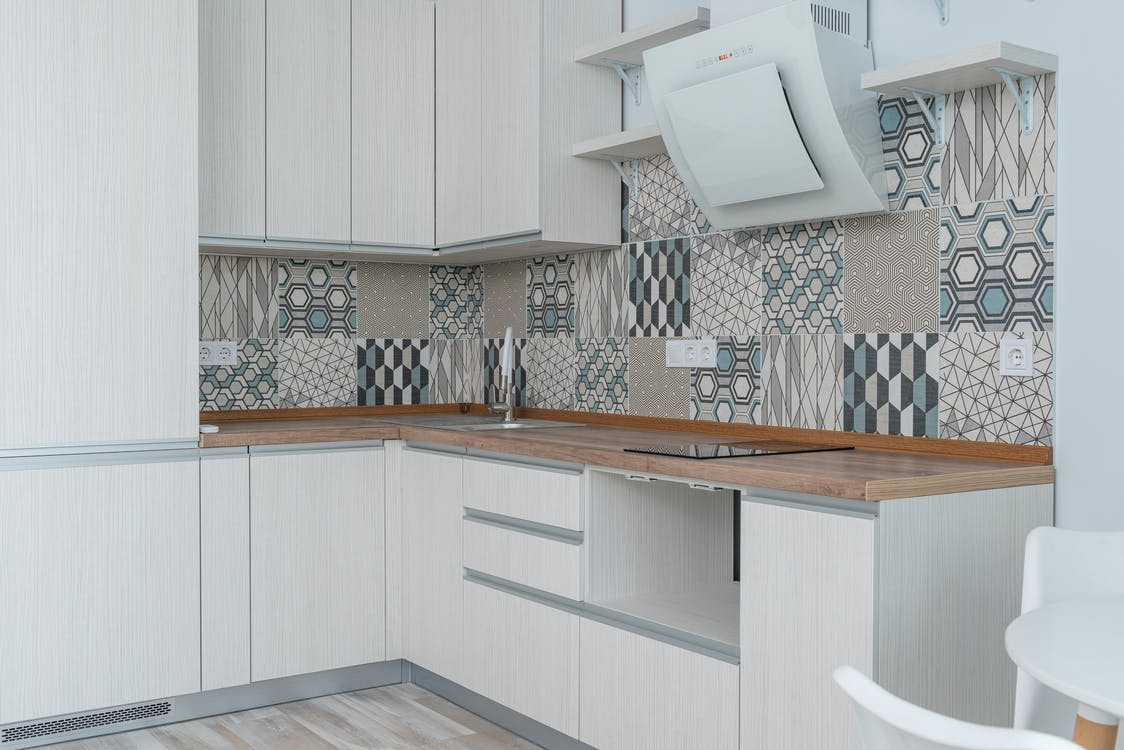
Designing your kitchen is a vital part of any home renovation process. The kitchen is known as the heart of the home. As the saying goes, “while life may be created in the bedroom, it is certainly lived in the kitchen.”
You want to balance function and aesthetics to build a comfortable space where you have meals with friends and family. As most kitchens in BTO flats do not come with added carpentry, many opt for an interior designer to put together their kitchen.
Convey your needs to your interior designer more succinctly by referencing this general guide as a blueprint for designing your kitchen.
How to Plan Your Kitchen Design
Take into account these three factors when planning your kitchen: personal needs, kitchen layout and interior design. Collectively, these factors will affect your renovation budget.
1. Define Your Kitchen Needs
The way you use your kitchen will affect what type of furniture, fixtures and appliances you’ll need. For example, if you cook a lot and don’t have a dining room, you might want to create an eating nook to have your meals. Questions to think about include:
- Do you cook a lot or not at all?
- Where do you eat (e.g. dining room, in front of the TV, in the kitchen, etc.)?
- Do you have an open-concept house, or is the kitchen tucked away?
- What other social activities happen in the kitchen (e.g. watching TV, makeshift home office, etc.)?
2. Plan the Layout of Your Kitchen
Create a rough floor plan and measure the dimensions of your kitchen. Keep the walkways clear so you can move about the kitchen easily. Think about your kitchen’s layout (U-, G-, or L- shaped) and if you want kitchen islands and use online guides for common kitchen layout designs as reference. Regardless of your desired layout, you’ll want at least 1m of passage width for one cook and 1.2m for two cooks.
At this step, you should also weigh if you want separate or combined wet and dry kitchen areas. Wet kitchens are where the primary cooking happens; dry kitchens are where the prep work such as washing, cleaning and chopping ingredients occurs.
For most HDB kitchens in Singapore, these two areas are combined unless the homeowner intentionally carves out separate spaces. If you’re not big on cooking at home, you could keep your kitchen small.
3. Create a Mood Board for Your Kitchen Design
Find inspiration for what you want your dream kitchen to look like by piecing together a mood board on sites like Pinterest. There, you can narrow down your favoured themes. If you have a small kitchen, consider going for a lighter colour palette as this would reflect more light into the room and make it appear larger.
Any kitchen décor you might want to include should be planned at this step and included in your renovation budget. Where you get your furniture and accessories will also affect your overall costs. Try sourcing for more affordable secondhand furniture from retailers in Singapore.
Other Factors to Consider When Design Your Kitchen
4. Make Sure You Have Enough Cupboards for Storage Space
Kitchen cabinet design is essential as kitchens usually hold tons of stuff: cooking appliances, groceries, baking accessories, etc. There should be cupboard space to give you adequate counter space and hideaway cooking sauces, oil, condiments, dry and canned food, and drinks. So, make sure you have sufficient cupboards and kitchen cabinets installed.

Switch up your kitchen cabinet design with open and closed storage
Top hung cabinets should be 30cm deep and installed at least 55cm above your countertop. If you have a collection of glazed pottery or cups you would like to display, you could have a mix of hidden cupboard storage and open shelving.
5. Get Enough Countertop Space
Regardless of your countertop size, you want the material it is made of to be hardy and easy to clean. For reference, the minimum standard dimensions for kitchen countertops are:
|
Countertop measurement item |
Dimensions (cm) |
|
Countertop height |
85 to 90 |
|
Depth of counter |
60 |
|
Width of washing up area |
60 on one side; 45 on the other |
|
Width of food preparation surface |
75 |
|
Width of cooking area surface |
30 on one side, 40 on the other |
Take these indicated measurements as a guide. Tweak according to your kitchen size and personal preferences.
6. Choose a Suitable Kitchen Sink

Kitchen sink material: Stainless steel is one of the most popular materials for kitchen sinks. However, you can use other types of materials, such as copper, enamel, and stone. You should deliberate how often you intend to clean the sink thoroughly and how much use it will get.
Size of kitchen sink: General, the larger the sink, the pricier it is. When purchasing a sink, you also want to think about how much countertop space you can afford to sacrifice. The size and depth of your sink will affect the material and design of your kitchen cabinets. Your cabinets have to be able to support the weight of your sink.
Single sink or double sink: Double sinks are ideal for those who cook often. If you frequently order take out, single sinks make more sense. Regardless of your choice, always choose a leakproof sink. You want to minimise trapped dirt accumulation, mould and algae growth and the frequency of general repairs.
7. Select Stoves Before Starting on Renovation Works
Most houses in Singapore operate with a gas stove. Increasingly, more are turning to modern induction cookers. Should you opt for an induction cooker in your home, check that your pans and pots are compatible with the stove type.
Choose what type of stove you want before starting on kitchen renovations. For example, if you’ve chosen a gas stove, you have to build it into your countertop and install a gas pipe. Getting a range hood placed over your gas stove is another consideration to make.
8. Install a Backsplash

Patterns from a tiled backsplash lend an otherwise all-white kitchen some flair
Backsplashes protect your kitchen walls from oil and food splatters. Furthermore, they are a way to add colour to your kitchen. One decoration idea is to use stick-on, waterproof mosaic tiles to lend detail to your cooking space. Ideally, your backsplash complements the design of your stove for a cohesive look.
How to Plan Your Kitchen Design
Ultimately, constructing and designing your kitchen should be a fun process. Your home should reflect your personality and style. If you are going to DIY your kitchen’s construction and design, make sure you have the necessary private property or HDB renovation permits. Those who prefer to leave the work to professional renovation contractors, check out the list of approved HDB contractors.
Other FAQ about Designing Your Kitchen
What Is the Best App to Design a Kitchen?
Kitchenplanner.net, IKEA Home Planner, Planner 5D are some free apps and websites you can use.
How Do I Plan My Kitchen Layout?
Start by researching the common types of layouts such as U-shaped, L-shaped and G-shaped kitchens.
Is My Kitchen Too Small for an Island?
This depends on your home layout. To fit a kitchen island, you should have at least a 1m walking passage width.
What Should Be Included in a Kitchen Design?
Having adequate storage and counter space in your kitchen are the most important elements, next to appliances such as the stove, fridge and sink.
Which Kitchen Layout Is the Most Functional?
L-shaped layouts. But everyone has different needs so pick one that suits yours.
For more property news, resources and useful content like this article, check out PropertyGuru’s guides section.
Are you looking to buy a new home? Head to PropertyGuru to browse the top properties for sale in Singapore.
Already found a new home? Let PropertyGuru Finance’s home finance advisors help you with financing it.

